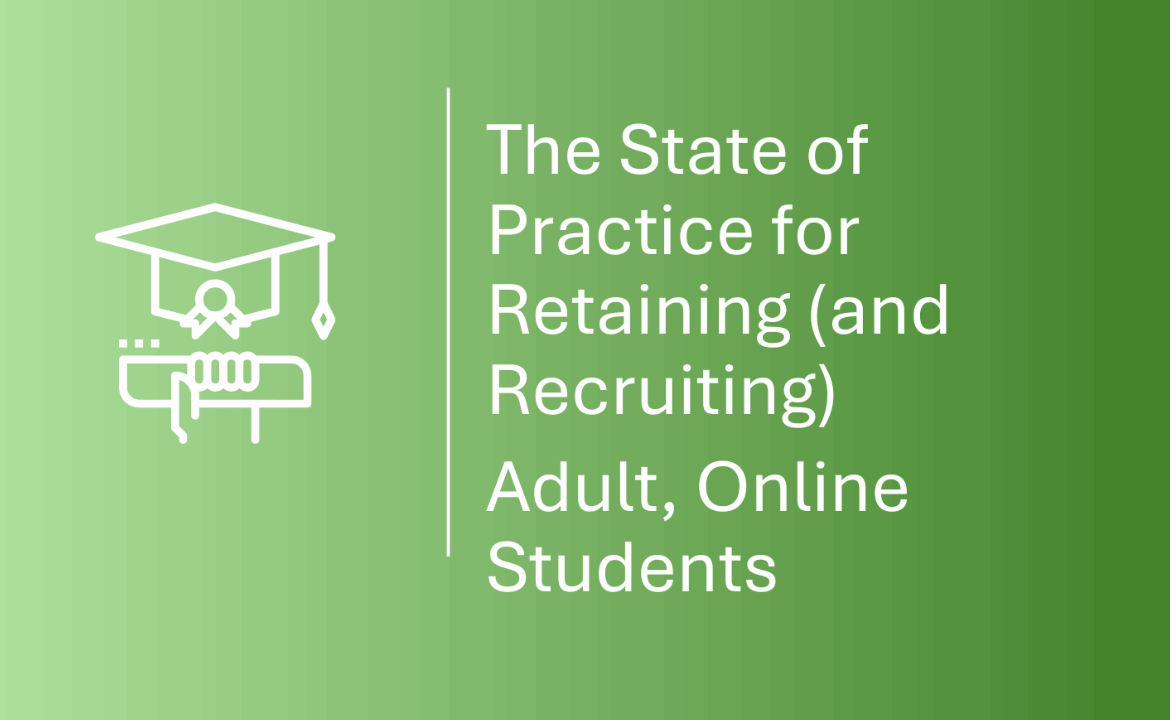Retaining Adult, Online Students
Don Hossler, Ph.D., Luke Schultheis, Ph.D. and JT Allen conducted a grounded theory study through interviews with dozens of colleges and universities. This whitepaper highlights the best practices for retaining and recruiting adult, online students.
Read More
Categories:
News & Research, Uncategorized, Universities










